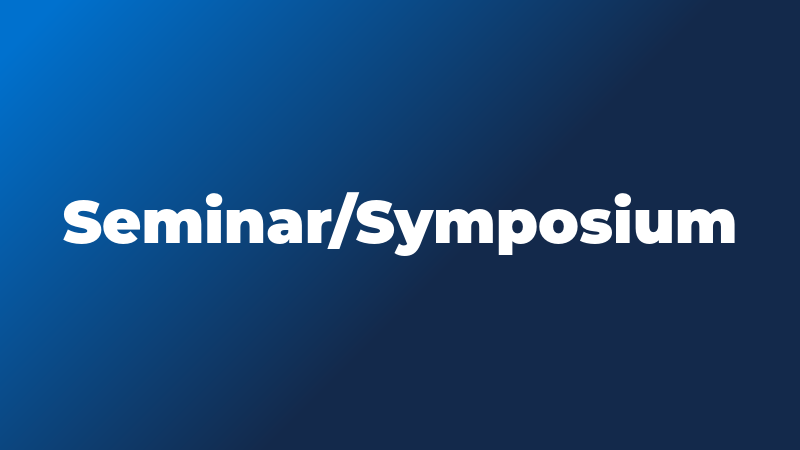PhD Final Defense for Alfredo Guillermo Sanchez Rivadeneira

- Sponsor
- Civil and Environmental Engineering
- Views
- 115
Generalized Finite Element Methods for Multiscale Structural Dynamics and Wave Propagation
Advisor: Professor Carlos Armando Duarte
Abstract
The research topic of this dissertation aims to address the limitations of existing Finite Element Methods (FEMs), including high-order methods such as Spectral Element Methods, for the solution of structural dynamics and wave propagation problems subjected to highfrequency loading, particularly in the presence of localized features. Examples of these in the literature include singularities and discontinuities, shocks and sharp fronts, moving/evolving interfaces, localized material features, among others. A high-order multiscale Generalized Finite Element Method (GFEM) tailored for these type of problems, which adopts shape functions computed numerically on-the-fly is formulated. The usage of these numericallycalculated shape functions to capture multi-scale phenomena has proven viable and effective in other applications. Moreover, their computation can be easily and efficiently parallelized. The proposed framework seeks to capture relevant features of the system response using structural-scale meshes that are much coarser than those required by the FEM. Several tools are incorporated and developed to endow the approach with the computational efficiency required for it to be competitive with available methods while removing some of their drawbacks. A block-diagonal lumped mass matrix is studied for the application in explicit time-marching schemes, such as the Central Difference Method, and the fourth-order accurate Numerov’s Method implemented in a predictor-corrector fashion. Each block of the block-diagonal mass matrix can be solved independently. Thus, an efficient parallel implementation is able to provide explicit method performance levels in the fully-discretized system. This mass lumping technique is not limited to polynomial shape functions like in the FEM and can be used with any element topology. Furthermore, its approximation properties are well-defined in terms of patch (or local) approximation spaces. The time step sizes required for stability of the proposed GFEM are expected to be significantly larger than in a FEM of comparable accuracy. Furthermore, the adoption of an explicit, fourthorder time integration scheme such as the predictor-corrector implementation of Numerov’s Method leads to increased accuracy and performance compared to traditionally used methods within the structural dynamics community. Another unique feature of this GFEM is its ability to adopt different time-marching schemes and time step sizes at the structural scale and in the computation of the GFEM shape functions. In addition, an algorithm capable of detecting regions of the computational domain that might benefit from including fine-scale numerical shape functions is presented. The developed strategy uses simple, computationally inexpensive error estimates designed specifically for the block-diagonal mass matrix described above to drive the automatic process of detecting and selecting the finite element nodes that might benefit from additional shape functions to capture localized features.